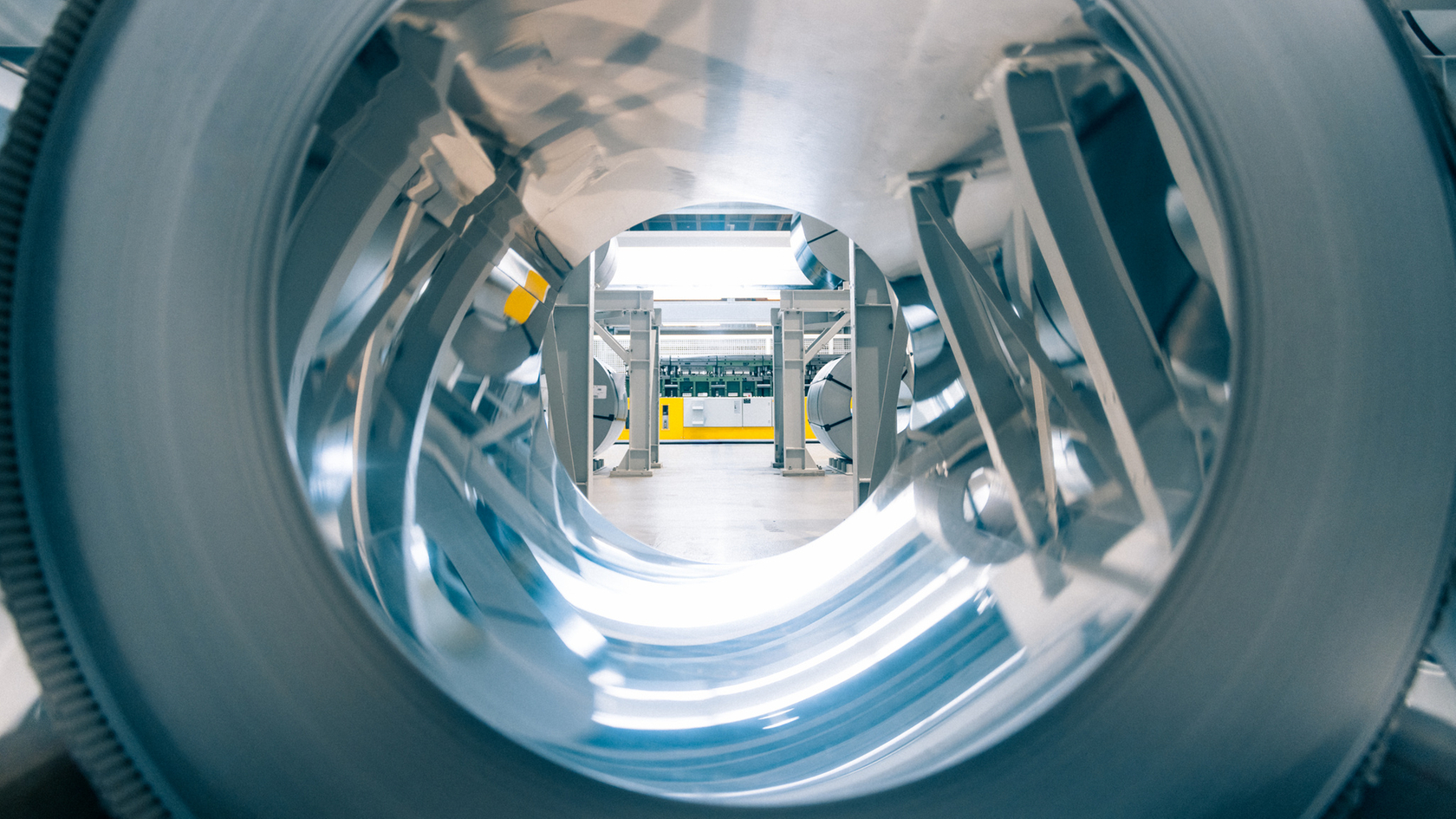A triage takes place in the circular economy factory, which determines how the returning resources will be handled. “Many people are unaware that the recycling economy we have today mostly results in down-cycling, that is, a devaluation of the materials”, says Daniel Frost, Intrapreneur Circular Economy. By contrast, the circular economy factory aims to keep high-quality resources in circulation as long as possible by repairing or dismantling them. In this new ecosystem, materials flow in a closed loop.
Close operation is essential
“Production processes will take place in an integrated, collaborative manner”, explains Marc Vetterli, Sustainability Expert Engineering at V-ZUG. Vetterli is responsible for performing life cycle assessments for our products, among other things. This systematic analysis of the materials reveals how circularity can be improved and the environmental impact can be reduced. One thing is clear: in the circular economy, close cooperation is essential. “In the circular economy factory, I can demonstrate to our teams from Development, Procurement and Business Development in tangible terms what the circular economy will look like at V-ZUG”, says Frost. Collaboration with external partners is also crucial: “We were amazed at how willing our local suppliers were to embrace new ideas”, says Marcel Niederberger, Head of Sustainability. “Our efforts might not yet be clearly profitable, but in the long term, there are many benefits – for the environment but also in terms of supply chain security and our costs”, adds Niederberger. The pilot project was financed with CHF 200,000 from the internal CO₂ fund. How and where the circular economy factory will someday be operated is still an open question. Today, we are already highly motivated to seize the many opportunities offered by the circular economy.
Find out more about V-ZUG's ‘Closing the Circle’ vision





